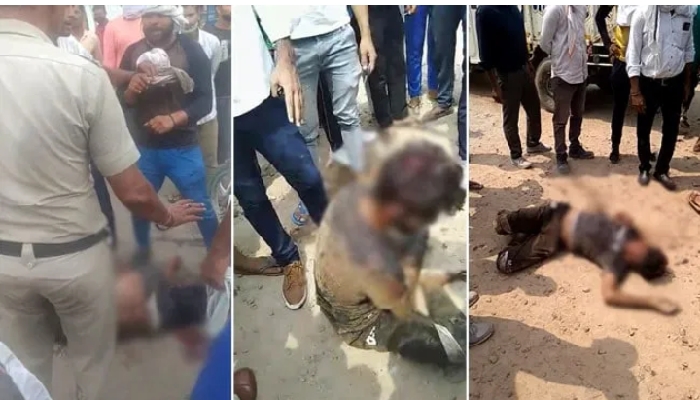New Delhi, Jan 1: Fresh guidelines on tiger conservation, controversy over a proposal for speedy green clearances for mega projects and Western Ghats getting enlisted as a world heritage site were the highlights of Union Environment and Forest Ministry during 2012.
Controversy over the government's move to set up National Investment Board (NIB) erupted after Minister Jayanthi Natarajan wrote a letter to Prime Minister Manmohan Singh opposing the proposal.
The Cabinet later approved a renamed and diluted version of the original proposal, creating a new Cabinet Committee on Investment (CCI) to fast track clearances on infrastructure and manufacturing projects over Rs 1,000 crore.
Another highlight of the year was the ministry's fresh guidelines on tiger conservation allowing only "regulated low impact tourism" in the core and critical tiger habitat. The guidelines say that no new tourism infrastructure should be permitted in core and critical tiger habitats.
India's 1600-km-long Western Ghats mountain chain, which has forests older than the Himalaya mountains, got into the list of UNESCO's world heritage sites. The mountains, which start at the border of Gujarat and Maharashtra and run through the states of Maharashtra, Goa, Karnataka, Tamil Nadu and Kerala ending at Kanyakumari, were recognised as one of the world's eight "hottest hotspots" of biological diversity.
The also year saw the Delhi High Court dismissing a petition by the ministry and upholding the Central Information Commission (CIC) order to make the report of the Western Ghats Ecology Expert Panel (WGEEP) public by posting it on the ministry's website.
In its petition, the ministry sought not to disclose the report. It argued that the publication of the report could affect economic interest of the states. The report was prepared by a panel chaired by eminent scientist Madhav Gadgil. The panel had submitted its report in August last year.
The report had termed Western Ghats as extremely ecologically sensitive region and favoured restricted mining and other development activities. The report invited strong criticism from the states and the ministry was forced to constitute a high-level Working Group headed by eminent space scientist and Planning Commission member K Kasturirangan to examine it "in a holistic and multidisciplinary fashion". The panel will also study the implications of Centre-state relations with respect to conservation and sustainable development of Western Ghats.
During the year, representatives of several countries assembled at Hyderabad to attend the 11th meeting of the Conference of the Parties to the UN Convention on Biological Diversity. The conference agreed to increase funding in support of actions to halt the rate of loss of biodiversity.
Developed countries agreed to double funding to support efforts in developing states towards meeting the internationally -agreed Biodiversity Targets, and the main goals of the Strategic Plan for Biodiversity 2011-2020.
The year also saw the Doha climate talks failing to take take "ambitious or meaningful decisions" on financing commitments of developed countries. However, India could protect its interests "fully" and succeeded in bringing the three issues of "Equity, Technology-related IPRs (Intellectual Property Rights) and the Unilateral Measures firmly back on the table".
"Among the key concerns which the conference could not address are those relating to financing commitments of developed countries, sectoral actions and the issue of compensation for loss and damage arising from climate change".
"Despite pitched demand from vulnerable countries, there could be no satisfactory agreement on compensation mechanism for loss and damage resulting from climate change," an Indian statement had said after the conclusion of talks.






Comments
Add new comment